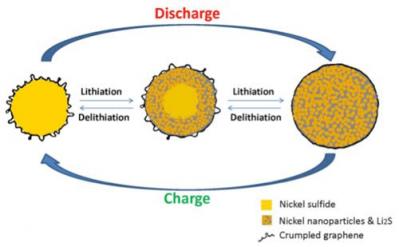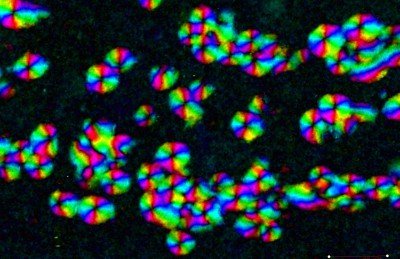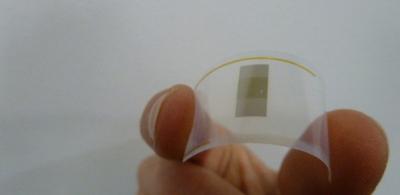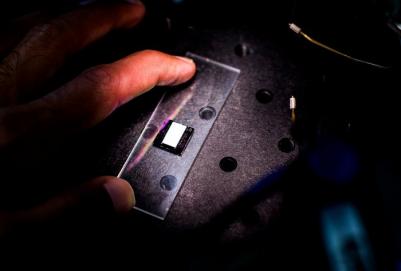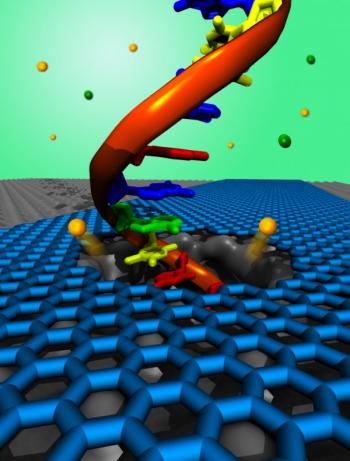Graphene holds promise for better artificial retinas
Researchers from Germany's Technische Universität München (TUM) in collaboration with researchers from France are building an artificial retina using graphene. This project was recently accepted to the EU's billion-dollar Graphene Flagship project.
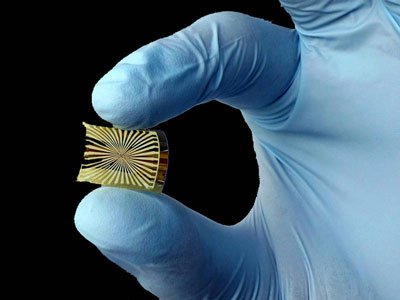
Currently artificial retinas are often rejected by the body following the implant, and the signals that they transmit to the brain are not optimal. But graphene is very compatible to the body - as it is durable, flexibly and made from carbon only. Graphene's great electronic properties provide an efficient interface for communication between the retina prosthesis and nerve tissue.
